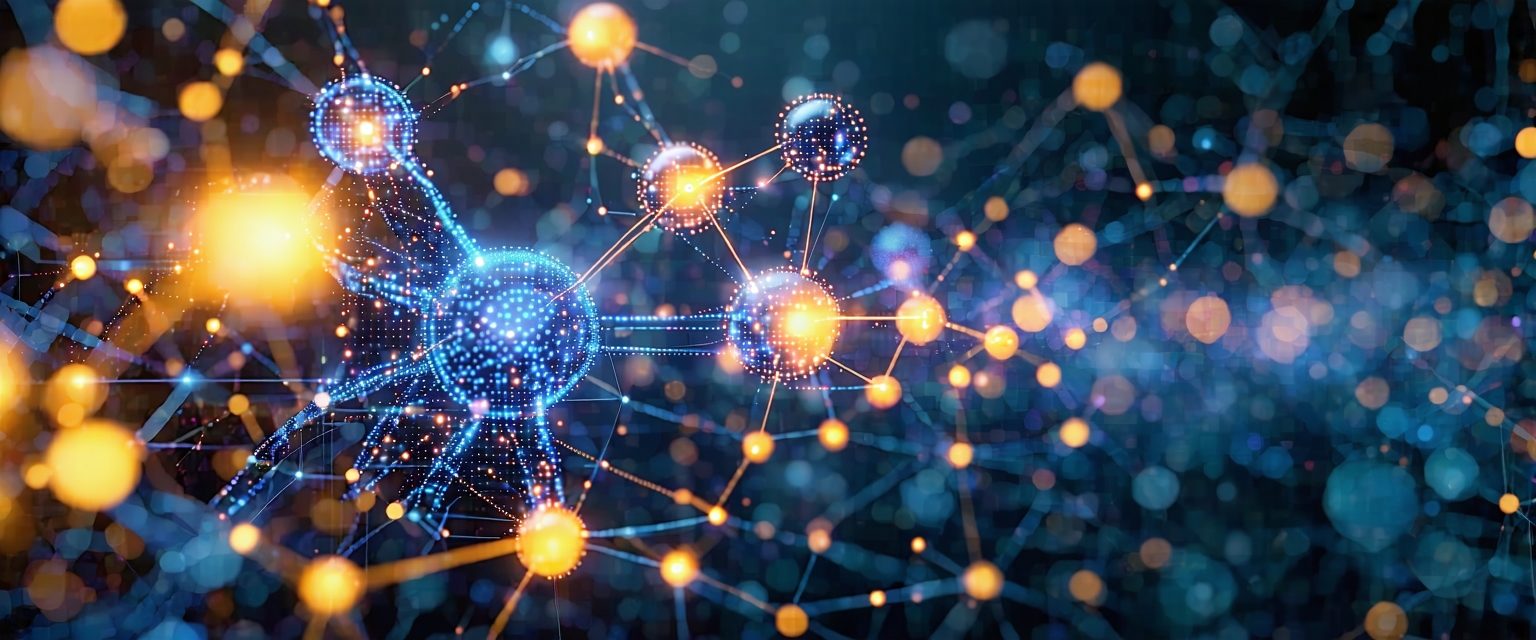






Recent advancements in deep learning are pushing the boundaries of artificial intelligence, enabling more complex reasoning and problem-solving capabilities. These developments promise significant impacts across various sectors.
Deep learning, a subset of machine learning, relies on artificial neural networks with multiple layers to analyze data and extract complex patterns. Progress has been hampered by challenges in training these networks efficiently and ensuring reliable generalization to new, unseen data.
However, recent research has focused on novel architectures and training techniques, leading to significant breakthroughs in areas like natural language processing and computer vision. This progress is fueled by increased computational power and larger datasets.
Researchers have developed new neural network architectures that are more efficient and capable of handling larger datasets. This includes advancements in transformers, which excel at processing sequential data like text and time series. These models are proving particularly adept at complex reasoning tasks, such as understanding nuanced language and generating coherent narratives.
Furthermore, innovations in training techniques, such as reinforcement learning and meta-learning, are enhancing the adaptability and learning speed of deep learning models. These methods allow models to learn from fewer examples and adapt to new situations more effectively.
The improvements in deep learning are already having a tangible impact. In healthcare, AI-powered diagnostic tools are becoming more accurate and reliable. In finance, sophisticated fraud detection systems are enhancing security. Self-driving car technology is also benefiting from improved object recognition and decision-making capabilities facilitated by deep learning.
The potential applications are vast, spanning scientific research, personalized education, and even artistic creation. The increased accuracy and efficiency of deep learning models are driving innovation across many fields.